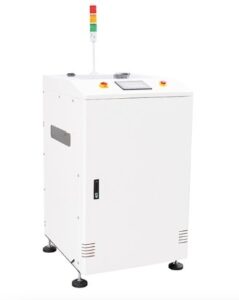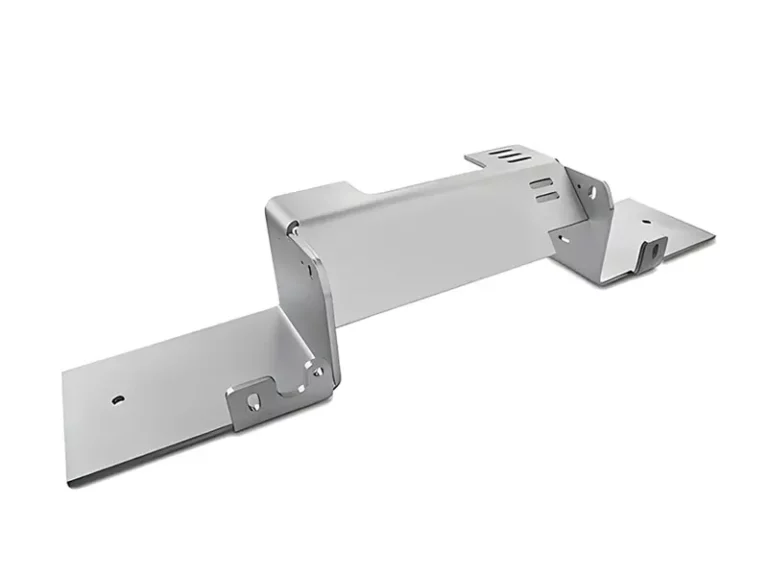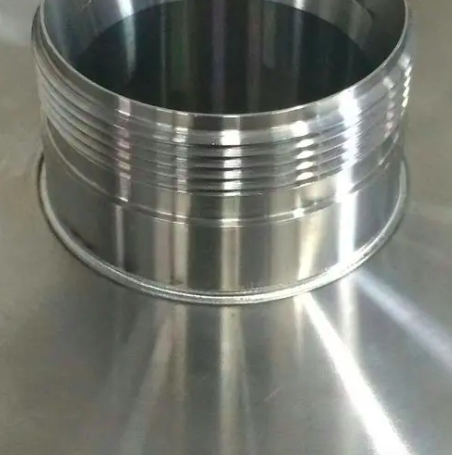目录
In the electronics industry, SMT manufacturing (Surface Mount Technology) remains the cornerstone of high-speed, high-precision circuit board assembly. While the process offers advantages in scale and efficiency, it is far from problem-free. From micro-component handling to supply chain disruptions, SMT manufacturers are navigating a complex landscape. This article examines the top 5 real-world challenges in SMT manufacturing today, supported by technical detail and comparative insights.
1. Component Miniaturization in SMT Manufacturing
Shrinking Sizes, Growing Risks
The rise of compact devices—smartphones, wearables, IoT modules—has pushed SMT lines to handle increasingly smaller components like 0201 (0.6mm x 0.3mm) and 01005 (0.4mm x 0.2mm) packages. While miniaturization allows higher circuit density, it brings multiple challenges:
- Placement accuracymust be within ±0.03mm
- Tombstoningand misalignment rates increase as component size decreases
- Solder paste printing for ultra-fine pitches (<0.3mm) becomes more sensitive to viscosity and environmental factors
Comparison Table: Impact of Component Size on Placement Accuracy
| Component Type | Typical Size | Required Placement Tolerance | Common Failure Mode |
| 0603 | 1.6mm x 0.8mm | ±0.1 mm | Solder bridging |
| 0201 | 0.6mm x 0.3mm | ±0.05 mm | Misalignment, tombstoning |
| 01005 | 0.4mm x 0.2mm | ±0.03 mm | Paste insufficiency |
In SMT manufacturing, reducing placement error for micro-components often requires upgrading machinery and improving inspection systems like SPI and AOI.
2. Solder Paste Defects and Printing Stability
Solder Paste: The Invisible Troublemaker
Solder paste printing accounts for over 60% of defects in SMT manufacturing lines, especially when tolerances are tight. Common issues include:
- Insufficient pastedue to stencil wear
- Paste bridgingon fine-pitch QFNs or BGAs
- Dry-out or cloggingfrom temperature/humidity fluctuations
Key parameters that affect printing stability:
- Paste viscosity (ideal: 800–1200 Pa·s at 25°C)
- Squeegee pressure and speed
- Stencil aperture design
Even with automated printers, maintaining optimal paste performance across shifts remains a daily battle.
3. Warpage and Thermal Stress During Reflow
Board and Component Distortion
Thermal profiles during reflow soldering must be tightly controlled. PCBs and components experience expansion rates up to 300 ppm/°C, and any mismatch can result in:
- Pad lifting
- BGA solder joint cracking
- Open circuits on multilayer boards
Solutions include:
- Using vapor phase reflowor vacuum reflow ovens
- Applying warpage-compensated carriersfor thin boards
- Selecting low CTE (coefficient of thermal expansion) substrate materials
This issue is especially acute in high-layer-count PCBs and flexible-rigid hybrid boards commonly found in automotive and 5G base stations.
4. Component Supply Chain Volatility
Market Instability, Real Impact
The SMT manufacturing industry heavily depends on global component supply chains. In recent years, chip shortages, logistic delays, and geopolitical issues have caused:
- Inconsistent part availability(MLCCs, PMICs, microcontrollers)
- Sudden BOM changes, leading to requalification and NPI delays
- Long lead times, often exceeding 20–30 weeksfor specific ICs
Comparison of Lead Times (2020 vs. 2024):
| Component Type | Avg. Lead Time (2020) | Avg. Lead Time (2024) |
| MLCC (0402 10uF) | 8 weeks | 26 weeks |
| STM32 Microcontrollers | 12 weeks | 30–40 weeks |
To cope, many factories are building multi-vendor sourcing strategies, increasing buffer stock, or redesigning for part flexibility—all of which increase cost and risk.
5. Skilled Labor Shortage and Training Gaps
Automation ≠ No Human Involvement
While SMT lines are highly automated, skilled technicians are still essential for:
- Line setup and feeder programming
- Root-cause analysis of production issues
- Maintenance of placement machines and inspection tools
However, the industry is facing a shortage of engineers trained in:
- IPC-A-610/7711/7721 standards
- Machine programming languages (Siemens, Fuji, Juki)
- MES integration and traceability protocols
Companies must now invest in upskilling through internal training or partnerships with technical institutes, adding to operational overhead.
Conclusion: SMT Manufacturing Must Balance Precision, Agility, and Reliability
Each challenge in SMT manufacturing today stems from a push toward smaller, faster, and more reliable electronics. From technical bottlenecks in paste printing to external shocks like supply chain interruptions, manufacturers must balance precision engineering with flexible systems.
To remain competitive, SMT facilities should focus on:
- Investing in advanced inspection and printing technologies
- Creating redundancy in sourcing and process workflows
- Training and retaining technical talent
In a market where a single solder defect or missing component can delay millions in shipments, overcoming these challenges isn’t optional—it’s critical for survival.
0









